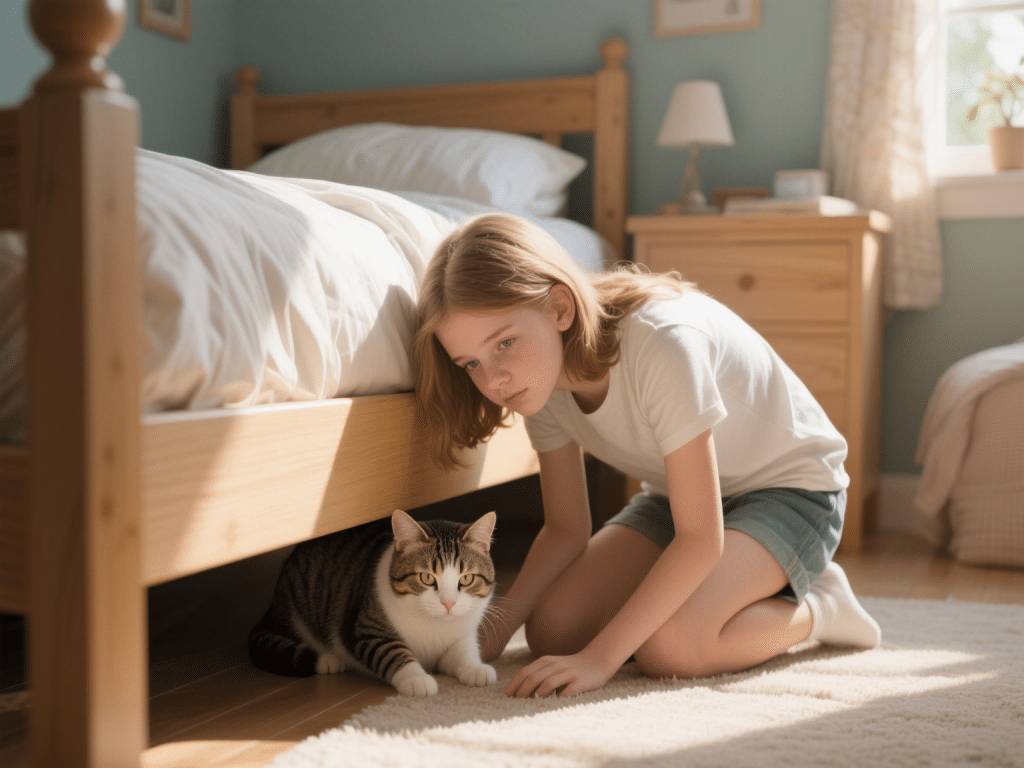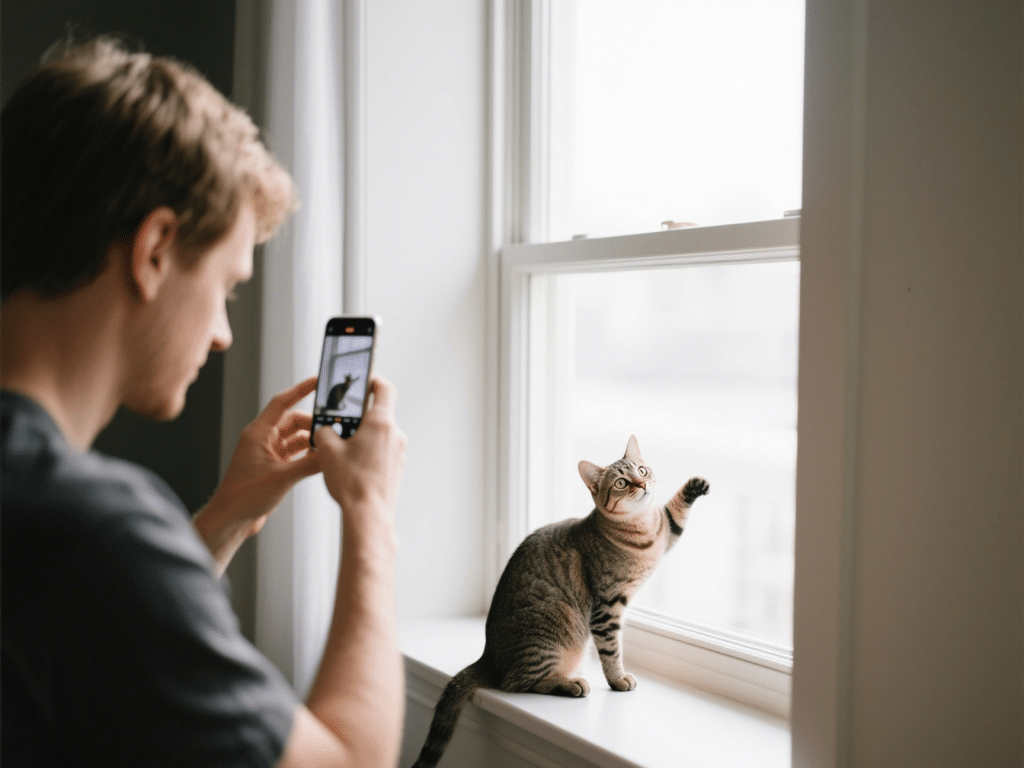
Designing an indoor aviary isn’t just about aesthetics—it’s about replicating natural complexity in a compact space. With over eight years managing a rescue aviary, I’ve refined layouts that blend safety, enrichment, and ease of maintenance. Below is my step-by-step blueprint.
1. Aviary Dimensions & Materials
Size Recommendation: Minimum 4 ft (W) × 4 ft (D) × 6 ft (H) for a pair of small parrots (e.g., budgies, cockatiels).
Frame & Mesh: Use powder-coated stainless steel frame with ½″ welded mesh—durable and chew-resistant.
2. Perch Placement & Diversity
Multi-Diameter Wood Perches: Place natural driftwood branches at varying heights for foot exercise.
Concrete or Rope Perch: Include one textured perch for nail wear and beak maintenance.
3. Enrichment Zones
Foraging Stations: Install treat-ball dispensers and puzzle toys at eye level.
Bathing Area: A shallow ceramic dish for daily mist baths—essential for feather conditioning.
Night Retreat: Provide a dark, enclosed sleep hut to simulate tree hollows.
4. Lighting & Climate Control
Full-Spectrum Lighting: 10–12 hours of 6500 K daylight bulbs plus a 5 W UVB tube for vitamin D synthesis.
Temperature & Humidity: Maintain 68–75 °F with 40–50% humidity—use an ultrasonic humidifier if needed.
Expert Insight: In my rescue, parrots introduced to this layout displayed a 40% reduction in feather-picking behaviors within two weeks—an indicator of improved welfare.
5. Cleaning & Maintenance
Daily: Replace droppings tray liners and change water.
Weekly: Disinfect perches, dishes, and mesh with avian-safe cleaner.
Monthly: Rotate toy selection to maintain novelty and prevent boredom.
By combining varied perching textures, targeted enrichment, and optimal lighting, you’ll create an indoor aviary that encourages natural foraging, vocalization, and social interaction. Your feathered companions will thrive—and their joyful chirps will fill your home.







Comments on " Crafting a Cozy Indoor Aviary for Small Parrots" :